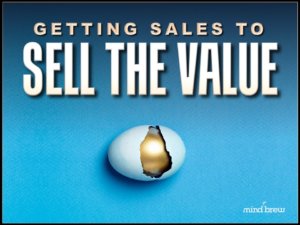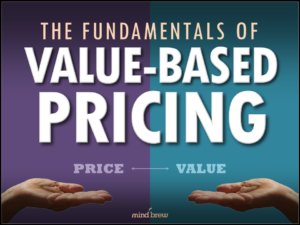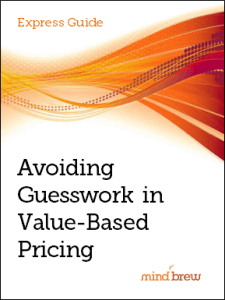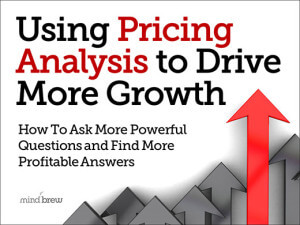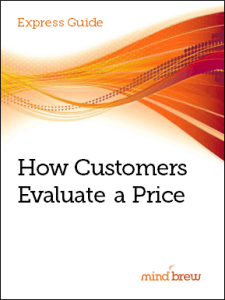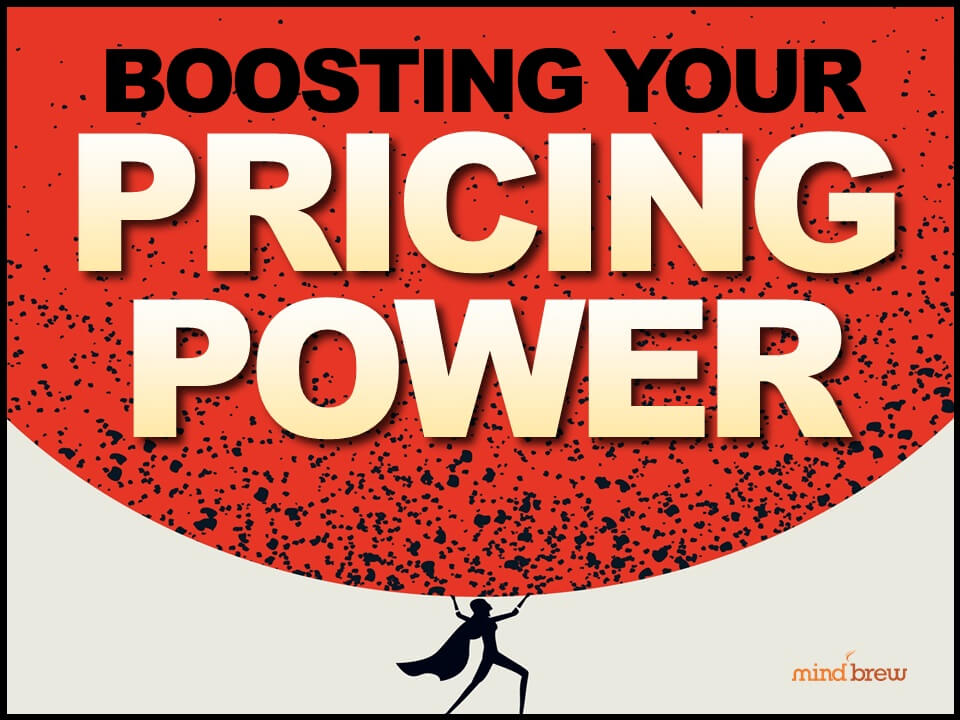If you haven’t spent much time in northern Europe, you might that not know that Denmark and Sweden are separated by a very narrow strip of water known as the Øresund (which translates to “The Sound”). Ships that want to get from the Atlantic Ocean to the ports in eastern Germany, Poland, Finland, Lithuania, Latvia, Estonia, and parts of Russia must pass through the Øresund.
Denmark, which controlled the Øresund at the end of the Middle Ages, saw an opportunity to earn some money from this geographic feature. Starting in 1429, it began charging a fee, known as the Sound Toll, to any ship that wanted to pass through.
At first the Sound Toll was a flat fee per ship. But in the 1500s, the Danes had the idea of modifying the fee based on the value of the cargo.
They recognized, of course, that ship captains would want to understate the value of their cargo to avoid paying the full toll. They passed a novel law to prevent that problem: the king of Denmark had the right to purchase the contents of any ship passing through the Øresund at the price the ship’s captain claimed for figuring out the Sound Toll.
This ingenious approach incentivized both sides to agree on an accurate value of cargo. And it helped the kingdom of Denmark grow very wealthy.
Unfortunately, most negotiations don’t have this kind of incentive for a purchaser to recognize the true value of what they are buying. And that puts the seller at a disadvantage.
Often the buyers in B2B sales negotiations will say that the item they are purchasing has a lower value to them than it actually does. After all, there is no downside to understating the value—they aren’t going to lose out to the King of Denmark!
As a result, salespeople often feel pressure to lower prices in order to avoid losing the sale altogether. They are more worried about not making the sale than about maximizing margins. The end result is that B2B salespeople leave money on the table more often than not.
So how can you as a pricing team overcome this problem?
Since you probably can’t get a royal decree that will require buyers to admit the true value of your products and services, your next best bet is to arm your sales team with the right tools and incentives to communicate the value to the customer. We have a few resources that explain how:
- Getting Sales to Sell the Value explains the five conditions that need to be in place for reps to sell the value consistently, and it offers tips on overcoming resistance.
- The Fundamentals of Value-Based Pricing offers an introduction to the key concepts and lays out some simple steps for improving value communication and capture.
- Avoiding Guesswork in Value-Based Pricing gives you a simple, two-step process for improving the accuracy of your value-based pricing efforts.
- Exposing Your Differential Value Step-by-Step walks you through the process of finding the differences in value that are important to your customers and prospects.
The Sound Toll came to an end with the Copenhagen Convention of 1857. Today, not even the Danes can force anyone to admit the true value of a product. But if you do a good job communicating the value through your marketing and sales materials, you can achieve a similar result without intervention from a king.

